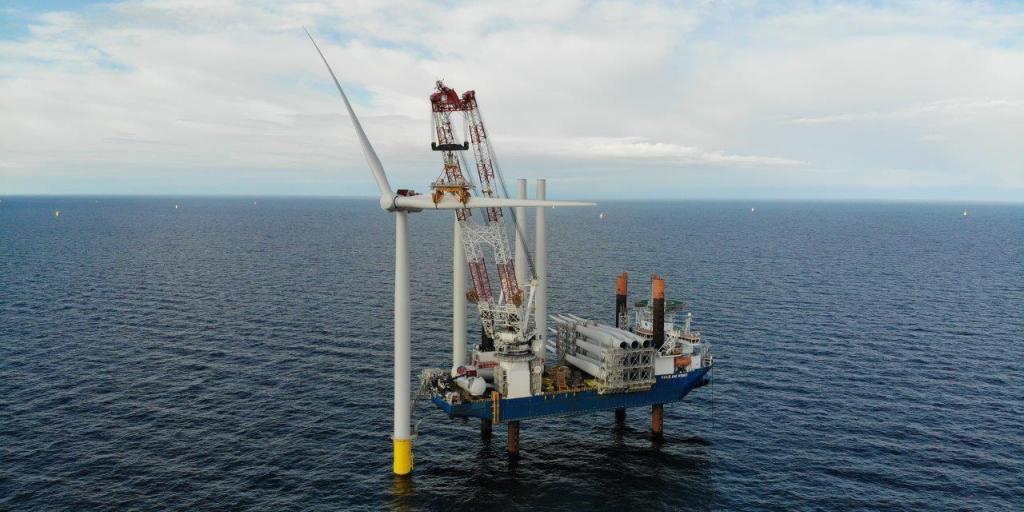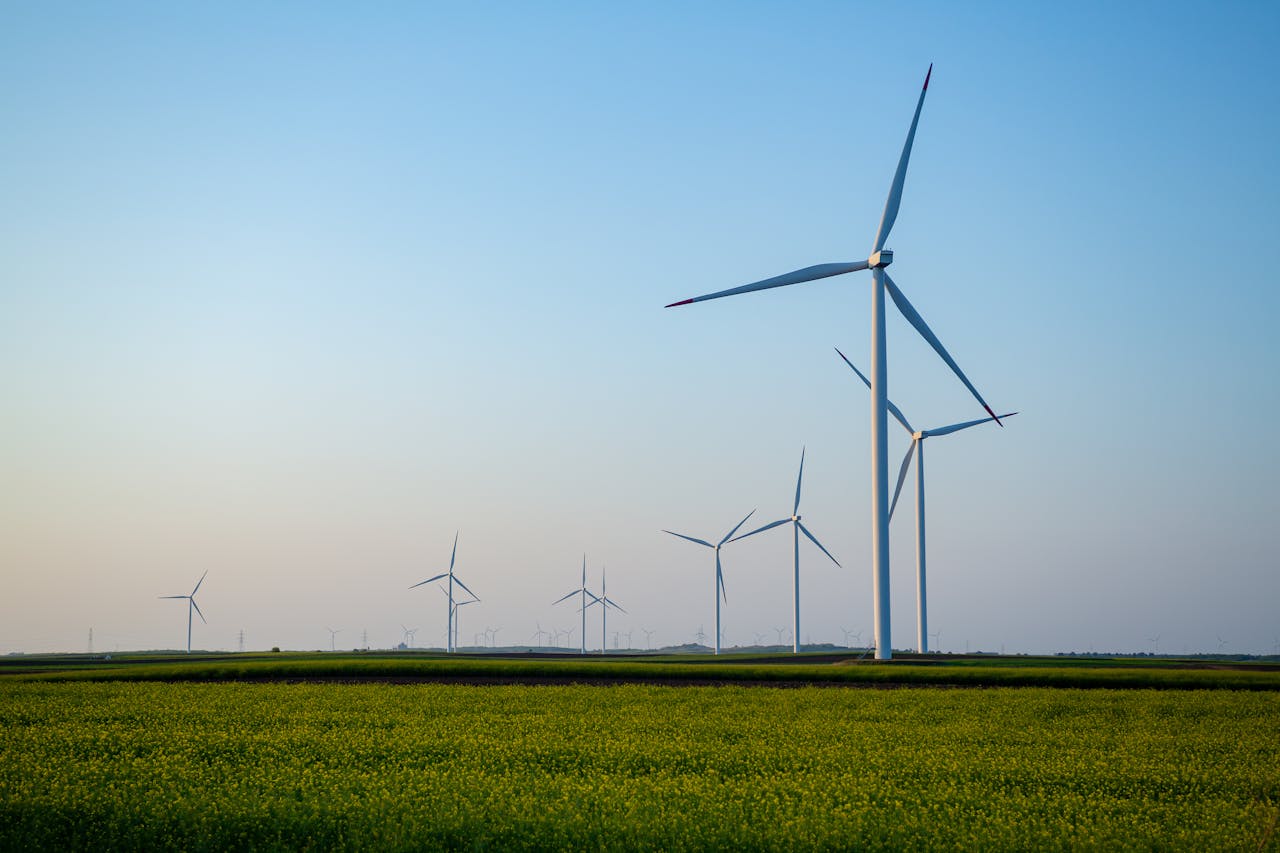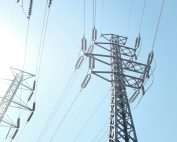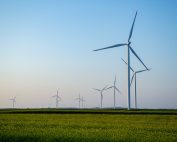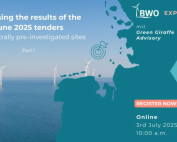Germany’s Nature and Biodiversity Conservation Union (NABU) has blasted German government plans to expand areas of the Baltic and North Seas for offshore wind power development. The new draft plan, presented by the interior ministry, identifies parts of the Dogger Bank, a transnational sandbank in the middle of the North Sea, as an additional priority area for wind power development. The planned “industrialisation” of the area endangers marine biodiversity, said Jörg-Andreas Krüger president of NABU . “We are crossing a red line with the construction of windfarms in protected marine areas.”
The interior ministry’s plan describes the area as well suited for wind energy development that could potentially provide an additional 4 to 6 gigawatts of installed capacity if carried out in a manner compatible with marine wildlife. NABU calls the project “incompatible with applicable nature conservation obligations”. NABU marine protection expert Kim Detloff pointed to the Butendiek wind farm, west of North Sea island of Sylt, which has damaged a third of the bird sanctuary in the Eastern German Bight. “Didn’t we learn anything from this example?” Detloff noted that the European Commission had already opened infringement proceedings against Germany for inadequate implementation of the Natura 2000 network of protected areas and would likely take issue with the new wind energy plan. Germany is “maneuvering itself into a dead end” due to pressure from the economic affairs ministry, he added. “This is economic policy under the guise of climate protection at the expense of protected whales, dolphins and sea birds.”
Reconciling nature protection with the expansion of renewables is a key issue countries face in tranforming their energy systems. While most people support a roll-out of the technology, Germany’s most important renewable energy source windpower also has ardent opponents – numerous citizen initiatives lament the turbines’ effects on people, wildlife and natural scenery. However, criticism is largely focussing on onshore wind.
